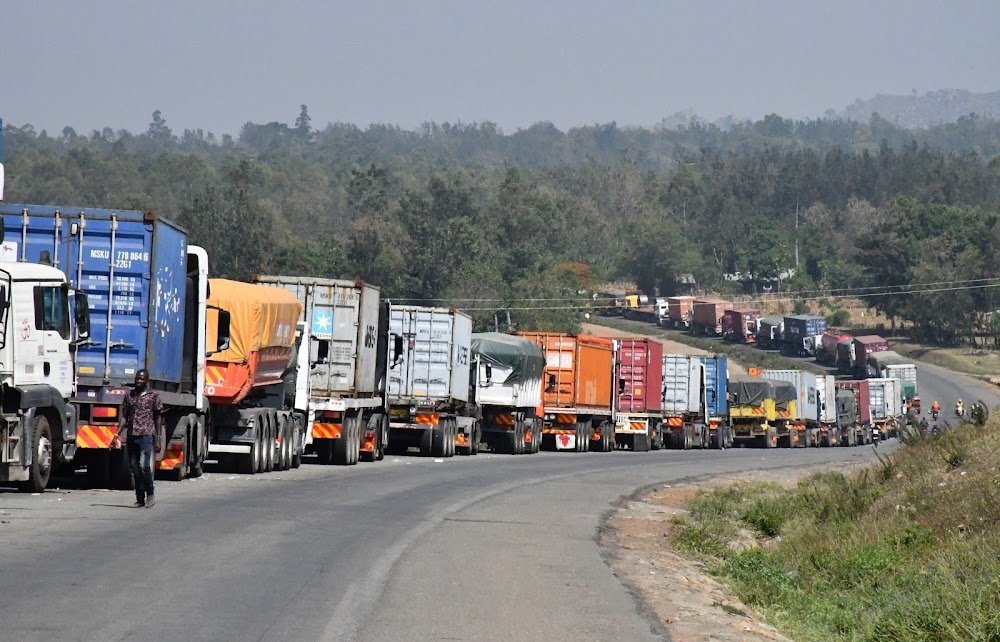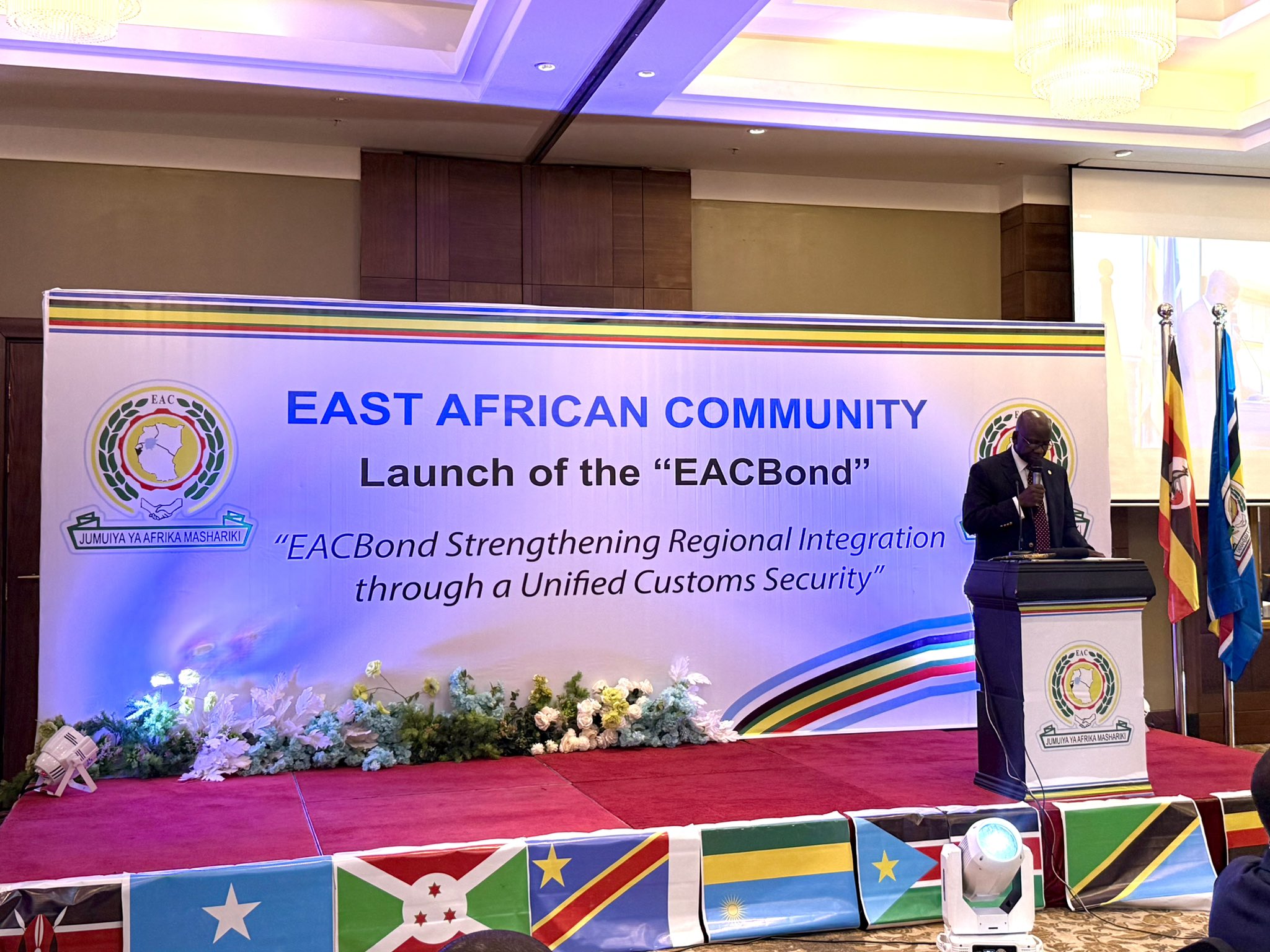The East African Community (EAC) has posted a significant trade surplus of $0.8 billion in the first quarter of 2025, signaling a robust and resilient economic performance within the region. This surplus was primarily driven by a remarkable 47% surge in exports, underscoring the increasing dynamism and expanding reach of the EAC economies despite ongoing regional and global challenges.

Regional Economic Integration and Export Growth
The EAC, comprising Kenya, Tanzania, Uganda, Rwanda, Burundi, South Sudan, and the Democratic Republic of Congo, continues to make strides in regional economic integration and development. The trade surplus reflects progress toward deeper cooperation, economic diversification, and enhanced production capacities, vital for sustaining growth. Export sectors within the member states have expanded due to investments in infrastructure, improved business environments, and increased trade networks reaching global markets.
Addressing Challenges with Steady Growth
Despite challenges such as geopolitical tensions, climate vulnerabilities, inflationary pressures, and global commodity price fluctuations, the EAC economies have demonstrated steady growth. With a projected overall growth rate of 5.8% in 2025—outpacing the global average—the region’s growth is driven by sound macroeconomic policies and sectoral strengths, particularly in agriculture, construction, and services.
Facilitating Trade Through Regional Initiatives
Key regional initiatives have bolstered this trade performance. The EAC’s implementation of Customs Union and Common Market Protocols helps simplify and boost trade flows within the region. These initiatives encompass harmonizing standards and reducing tariff and non-tariff barriers, facilitating more efficient cross-border commerce. Infrastructural developments like multimodal transport networks and digital trade platforms have further improved connectivity and reduced costs.
Towards a Monetary Union
The EAC is progressing towards the East African Monetary Union (EAMU), aimed at economic stabilization and integration through a common currency and unified financial regulations by 2031. This move is anticipated to enhance monetary stability, minimize exchange rate risks, and build investor confidence, further supporting intra-regional trade.
Balanced Trade and Economic Diversification
The $0.8 billion trade surplus is a testament to balanced trade management, where export growth is complemented by prudent import controls. The surge in intra-EAC trade strengthens regional supply chains, deepens economic interdependence, and improves resilience to external shocks. This balanced approach signifies growing economic diversification and competitive positioning on the global stage.
Focus on Fiscal Sustainability and Inclusive Growth
Fiscal sustainability and job creation remain central to the EAC’s agenda. The 2025/2026 regional budget emphasizes inclusive economic transformation, domestic resource mobilization, and targeted investments to boost livelihoods across member states. Efficient resource utilization is encouraged to maintain the positive growth trend, especially in sectors driving productivity and empowerment.
Conclusion
The EAC’s trade surplus marks a milestone reflecting the region’s economic strength, export capacity, and commitment to integration. The achievement highlights successful policy implementation and strategic investments amid complex global conditions. It underscores the importance of sustained collaboration among member states to capitalize on regional opportunities, enhance competitiveness, and foster inclusive growth, paving the way for a prosperous East Africa.

